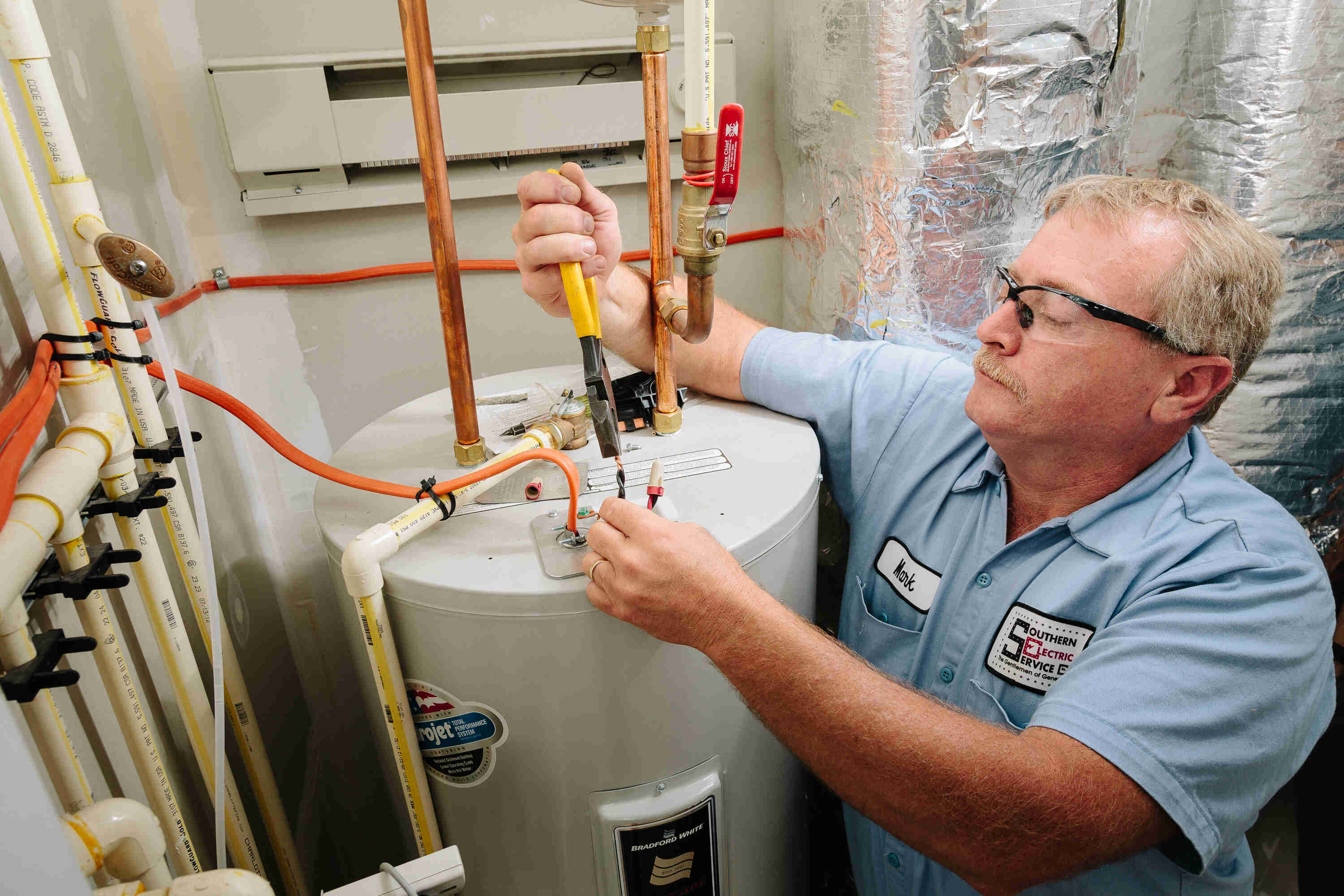Straightforward Methods to Maintain Your Home's Hot Water System Effectively
Straightforward Methods to Maintain Your Home's Hot Water System Effectively
Blog Article
They are making a number of good observations relating to How to Maintain a Hot Water Heater in a Few Simple Steps as a whole in this great article down the page.

Hot water is necessary for daily convenience, whether it's for a refreshing shower or cleaning recipes. To ensure your warm water system runs effectively and lasts much longer, regular maintenance is crucial. This article supplies practical suggestions and insights on exactly how to keep your home's hot water system to avoid interruptions and expensive repair services.
Intro
Keeping your home's hot water system may seem difficult, but with a few simple steps, you can ensure it operates efficiently for several years ahead. This guide covers everything from understanding your hot water system to DIY maintenance ideas and recognizing when to call professional help.
Significance of Preserving Your Hot Water System
Routine upkeep not just expands the life-span of your warm water system however likewise guarantees it runs effectively. Overlooking maintenance can result in lowered performance, greater energy bills, and even early failing of the system.
Indicators Your Hot Water System Needs Maintenance
Recognizing when your warm water system requires attention can avoid significant concerns. Keep an eye out for indicators such as irregular water temperature level, unusual noises from the heater, or corroded water.
Comprehending Your Warm Water System
Before diving into maintenance tasks, it's helpful to understand the standard parts of your warm water system. Normally, this includes the water heater itself, pipelines, anode poles, and temperature level controls.
Regular Monthly Maintenance Tasks
Normal month-to-month checks can help catch small concerns prior to they escalate.
Flushing the Hot Water Heater
Purging your hot water heater eliminates debris accumulation, enhancing efficiency and prolonging its life.
Monitoring and Replacing Anode Rods
Anode rods prevent deterioration inside the storage tank. Examining and changing them when worn is important.
Evaluating and Changing Temperature Setups
Changing the temperature setups makes sure ideal efficiency and safety and security.
DIY Tips for Maintenance
You can do a number of maintenance jobs yourself to maintain your warm water system in top problem.
Checking for Leaks
Consistently inspect pipelines and connections for leakages, as these can cause water damage and greater expenses.
Testing Stress Relief Valves
Checking the pressure safety valve ensures it operates properly and prevents extreme stress accumulation.
Insulating Pipelines
Insulating warm water pipes minimizes heat loss and can conserve energy.
When to Call a Specialist
While DIY upkeep is advantageous, some concerns require specialist experience.
Complicated Concerns Needing Specialist Help
Instances include significant leakages, electrical troubles, or if your water heater is continually underperforming.
Regular Expert Upkeep Benefits
Expert upkeep can include complete inspections, tune-ups, and making sure compliance with security criteria.
Conclusion
Routine maintenance of your home's hot water system is crucial for efficiency, durability, and price savings. By complying with these tips and knowing when to seek expert aid, you can ensure a reputable supply of warm water without unanticipated disruptions.
How to Maintain an Instant Hot Water Heater
Before tinkering with your hot water heater, make sure that it’s not powered on. You also have to turn off the main circuit breaker and shut off the main gas line to prevent accidents. Also turn off the water valves connected to your unit to prevent water from flowing into and out of the appliance. 2. When you’re done, you have to detach the purge valves’ caps. These look like the letter “T†and are situated on either side of the water valves. Doing so will release any pressure that has accumulated inside the valves while at the same time avoid hot water from shooting out and burning your skin. 3. When the purge valves’ caps are removed, you have to connect your hosing lines to the valves. Your unit should have come with three hoses but if it didn’t, you can purchase these things from any hardware or home repair shops. You can also get them from retail stores that sell water heating systems. Read the user’s manual and follow it to complete this task properly. When the hosing lines are connected, open the purge port’s valves. 4. You should never use harsh chemical cleaners or solutions when cleaning your unit. Make use of white vinegar instead. It should be undiluted and you’ll probably use about 2 gallons. 5. Now flush your water heater. This task should probably take about 40 minutes. We can’t give you specific directions for this because the procedure is carried out depending on the type, model and brand of your heater. With that being said, refer to the user’s manual. 6. When you’re done draining the unit, you have to turn off the purge port valves again. Remove the hosing lines that you earlier installed on each of the water valves. Put the valve caps (purge port) back in their respective places and be very careful so as not to damage the rubber discs that are found inside these caps. 7. Now that everything’s back in place, check your user’s manual again to find out how to reactivate your water heating system. 8. Once it is working, turn one of your hot water faucets on just to let air pass through the heater’s water supply pipes. Leave the tap on until water flows smoothly out of it. https://www.orrplumbing.com/blog/2014/september/how-to-maintain-an-instant-hot-water-heater/

We had been made aware of that write-up about Tips For Maintaining Your Hot Water Heater through an associate on a different domain. Enjoyed reading our entry? Please quickly share it. Let other people locate it. I treasure your readership.
Call Today Report this page